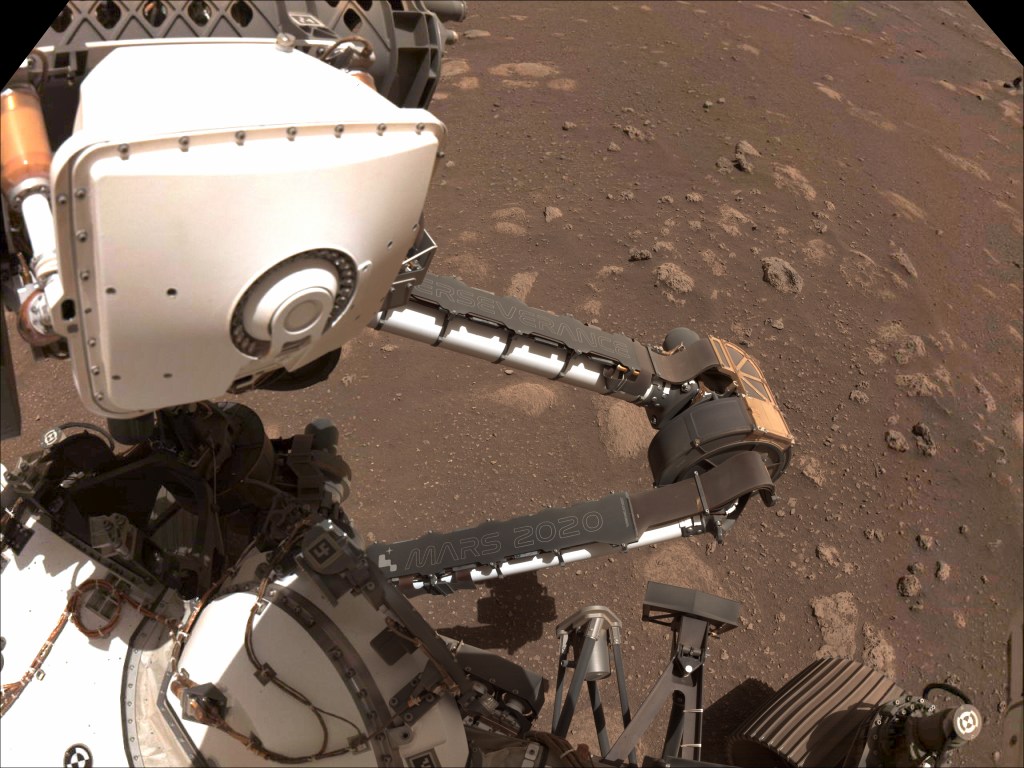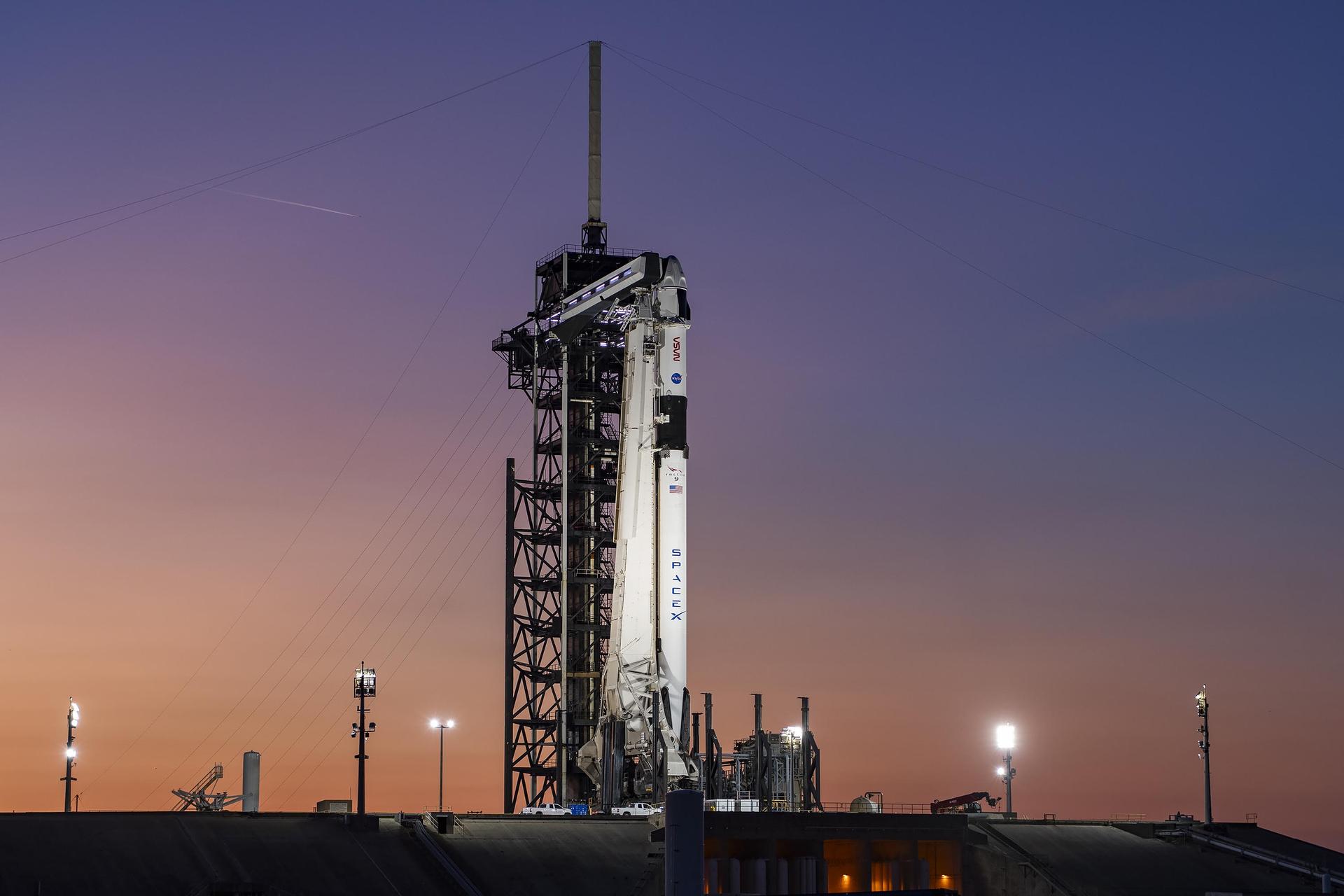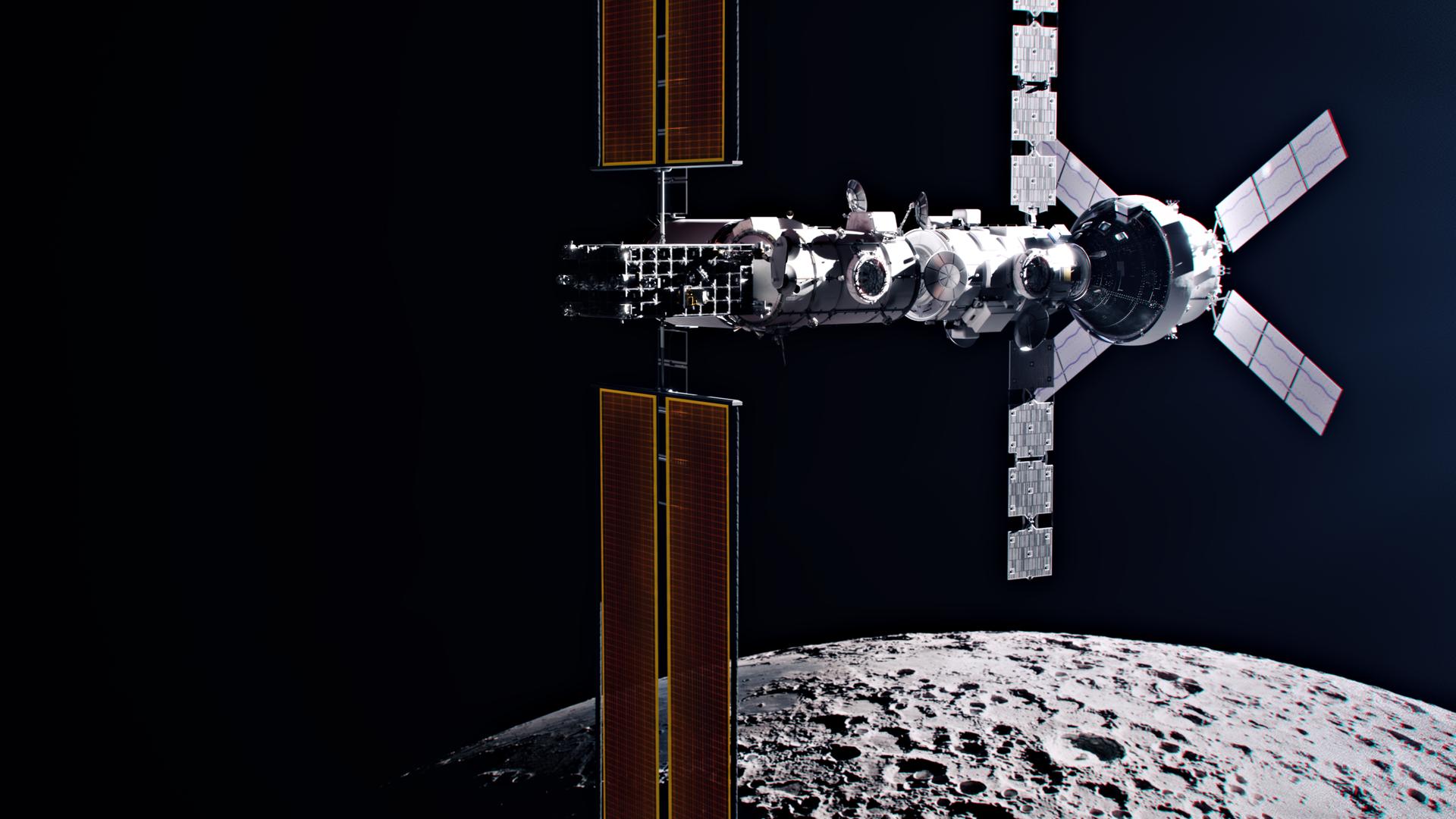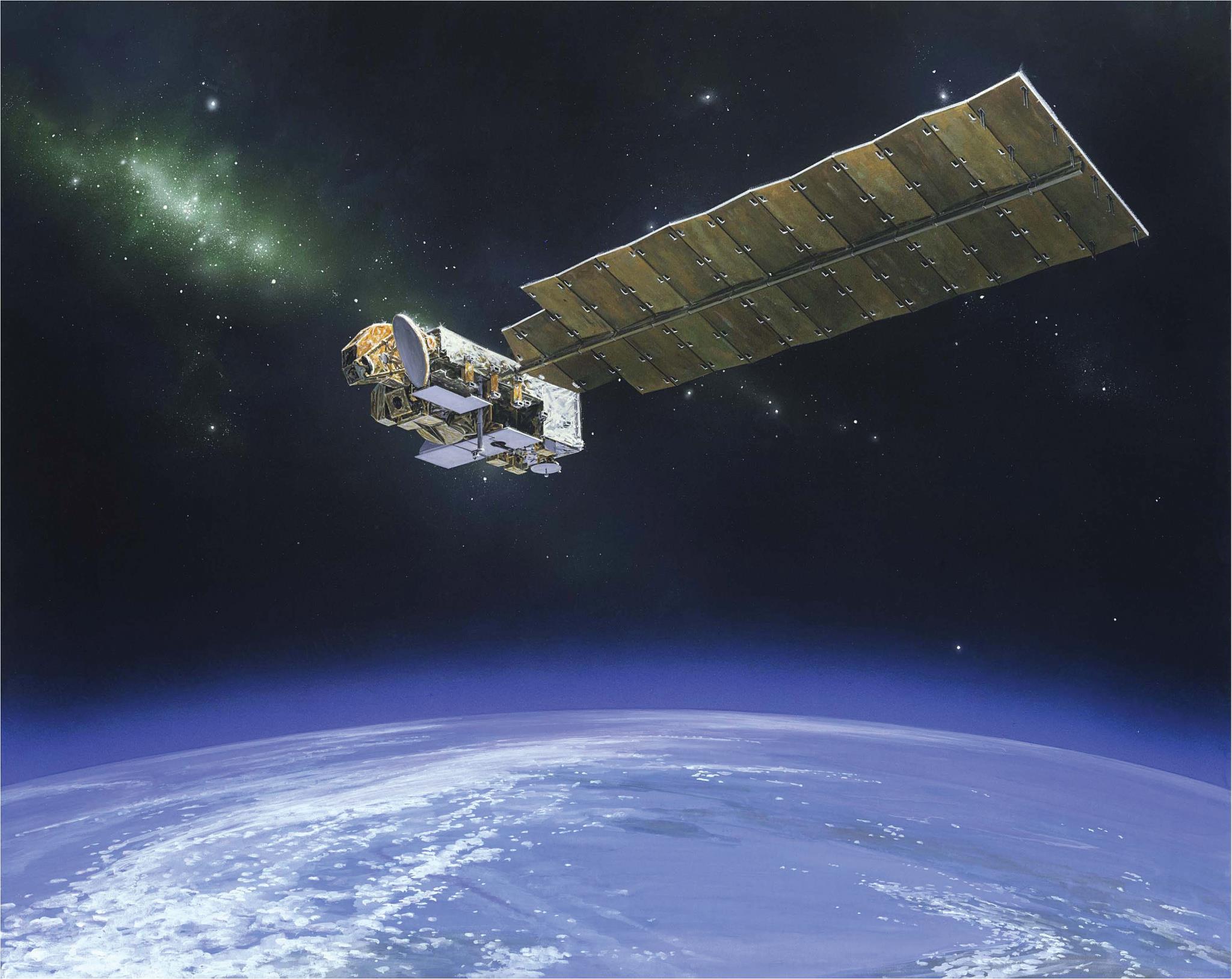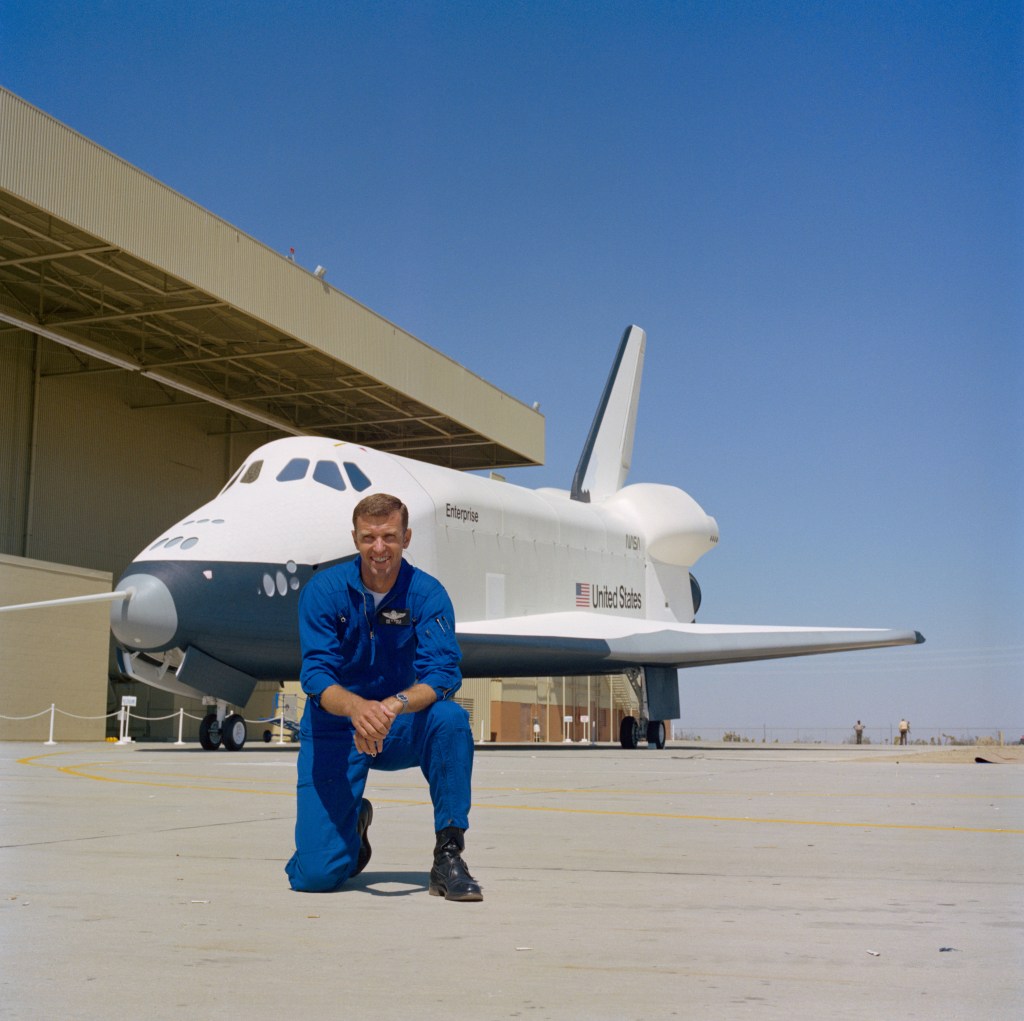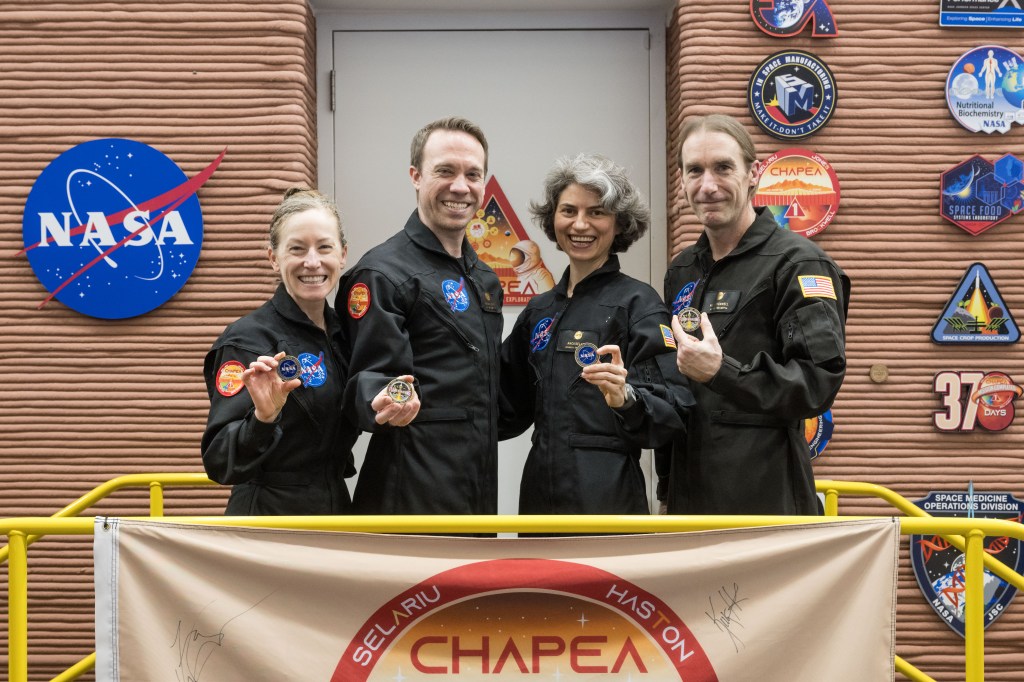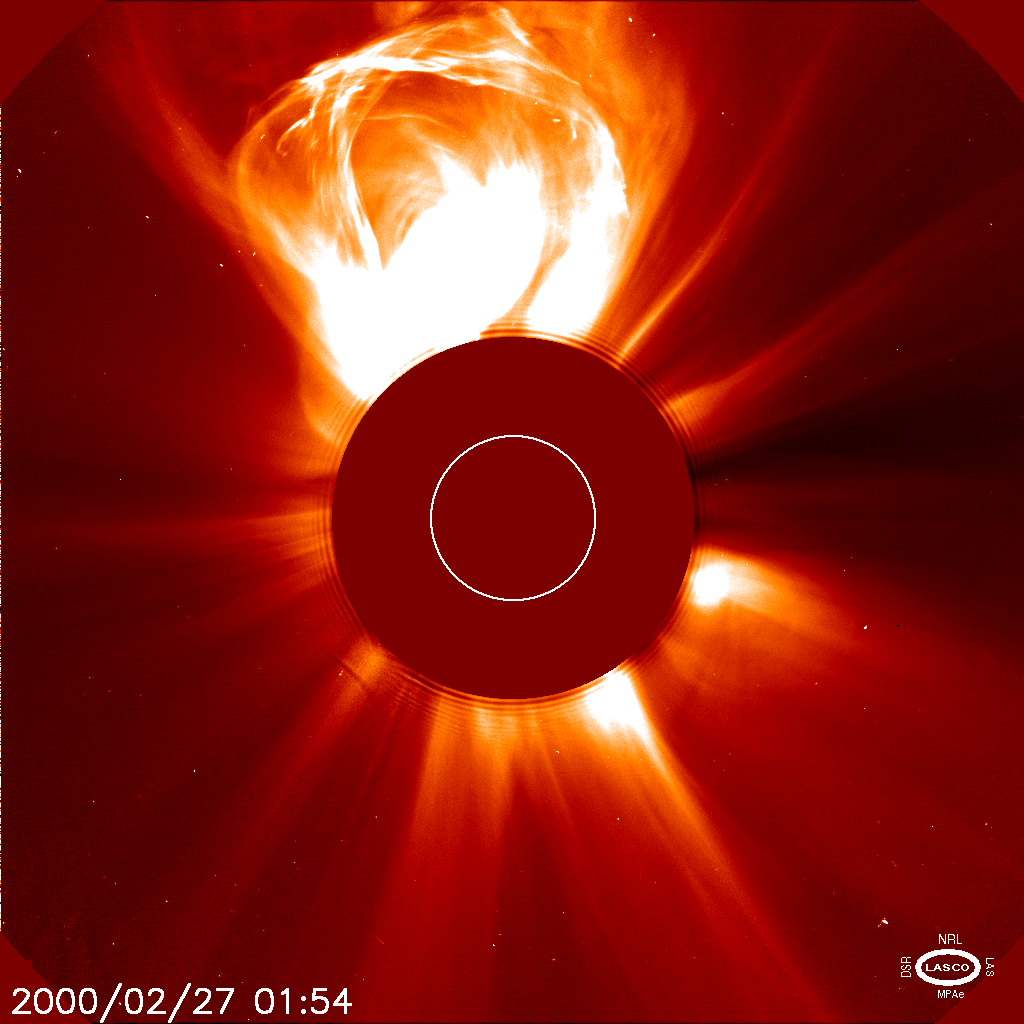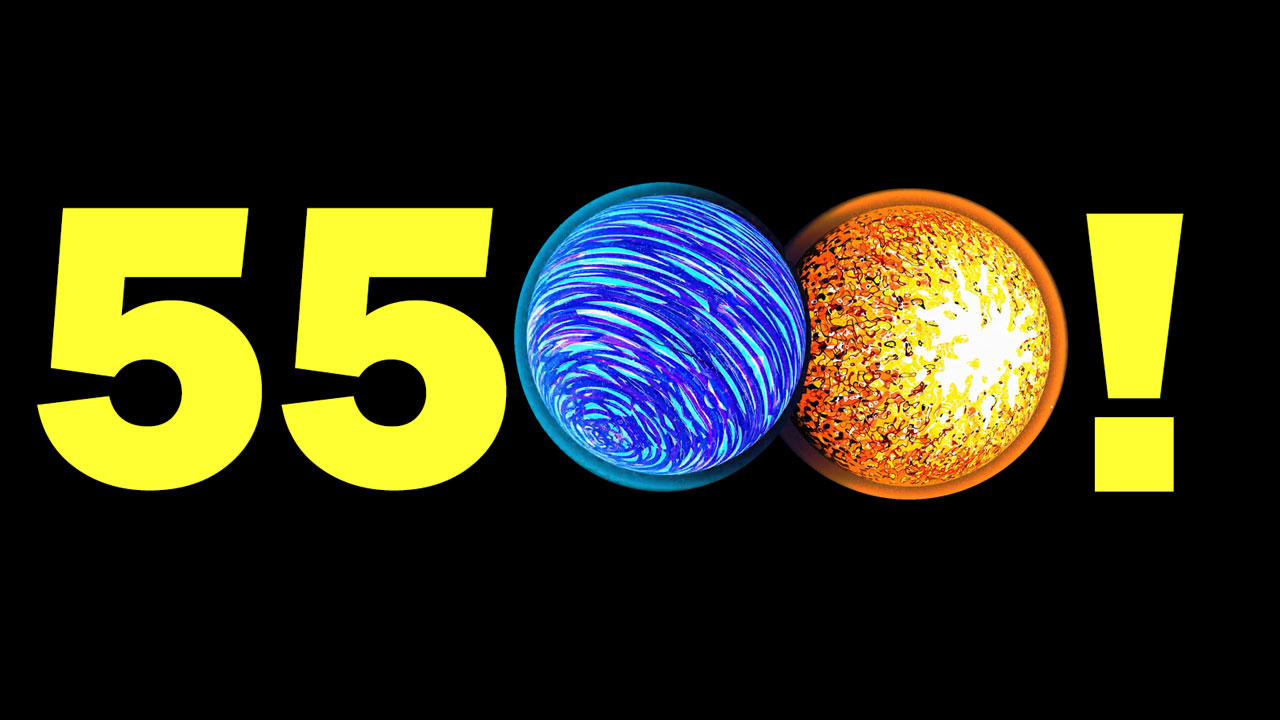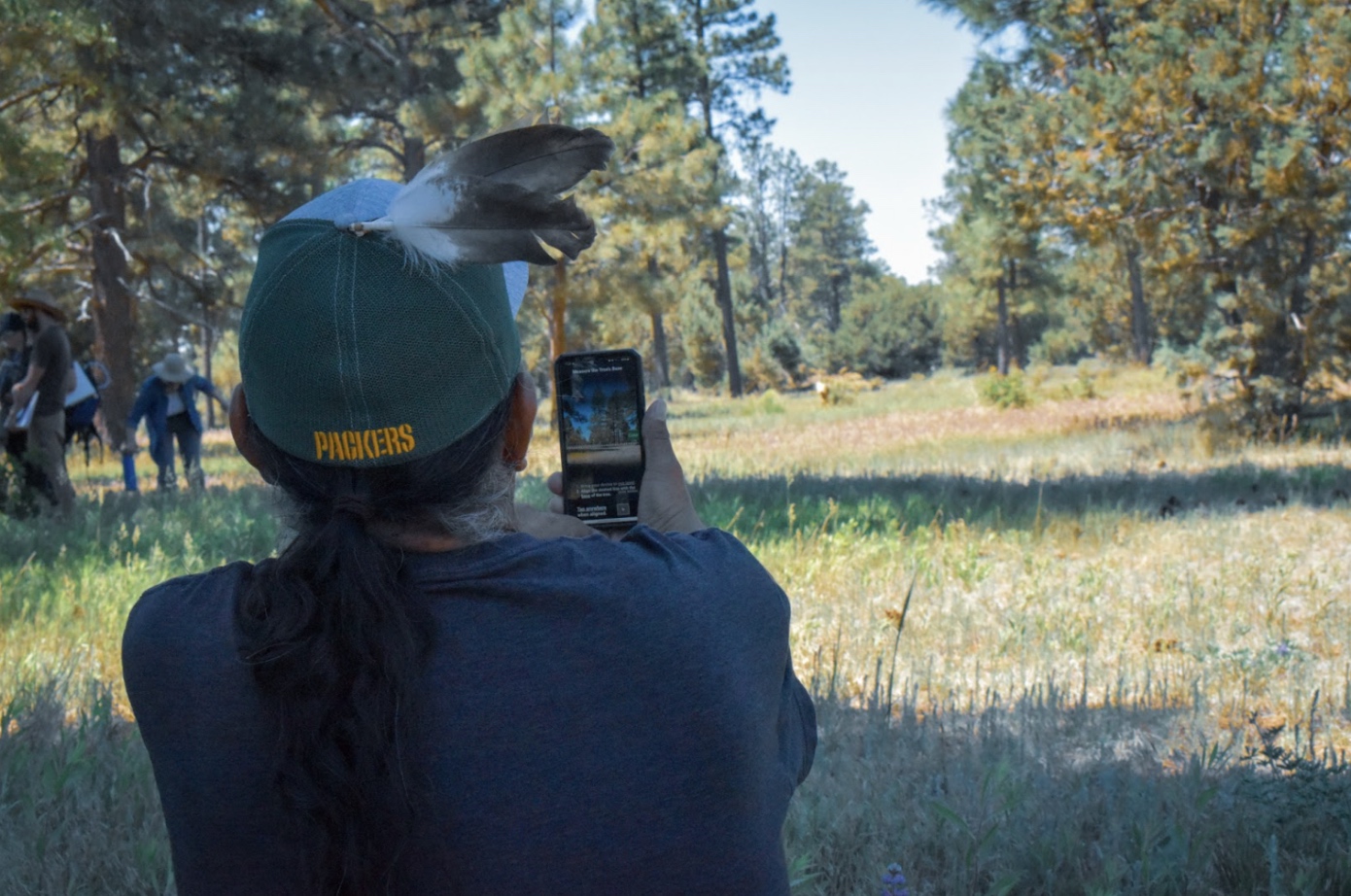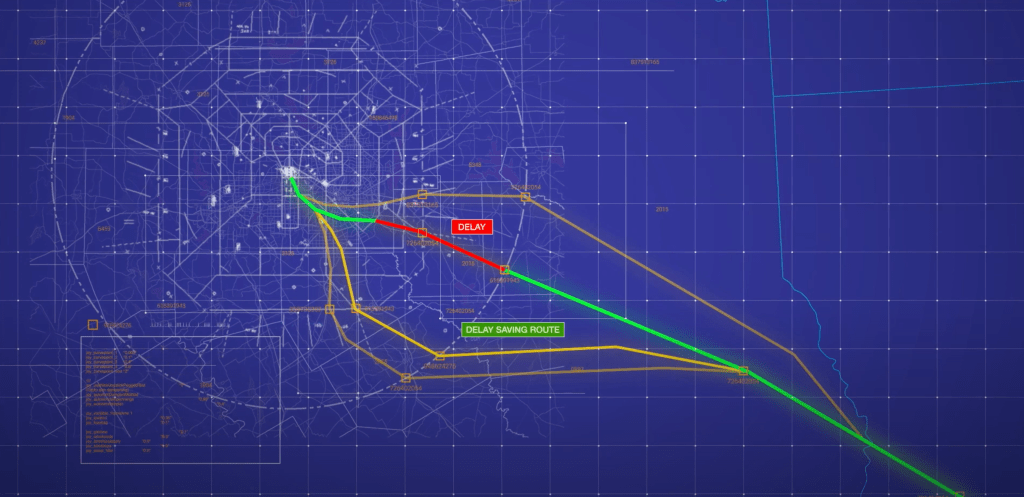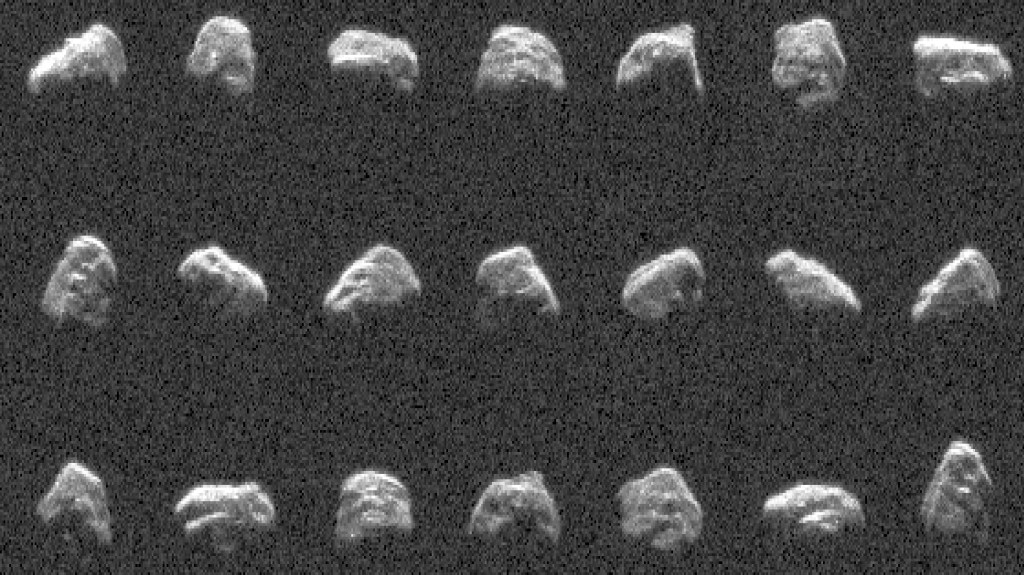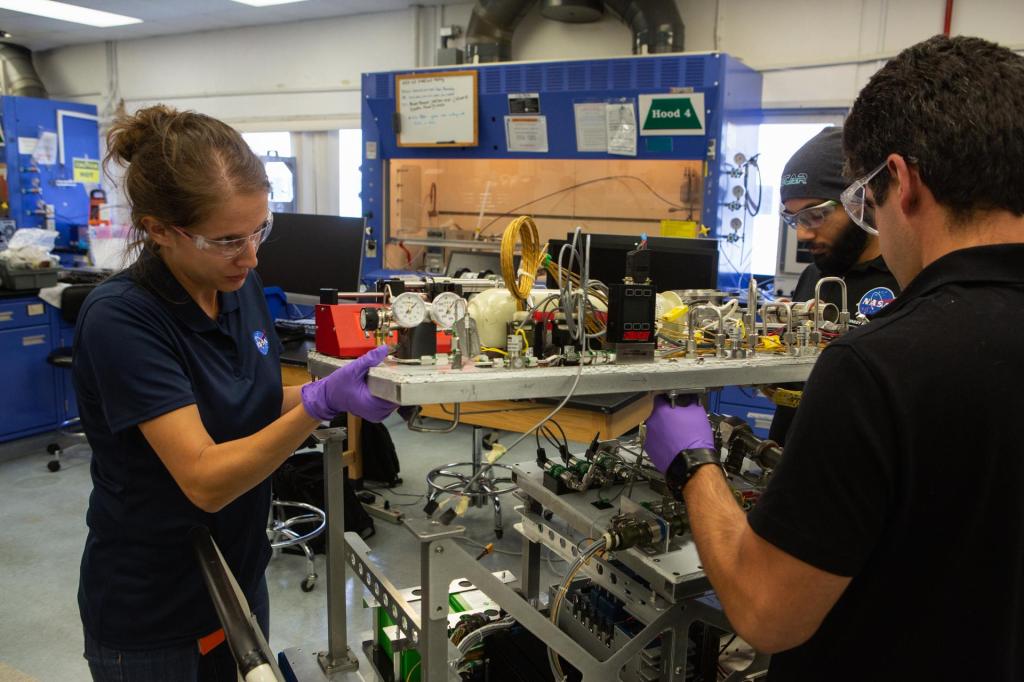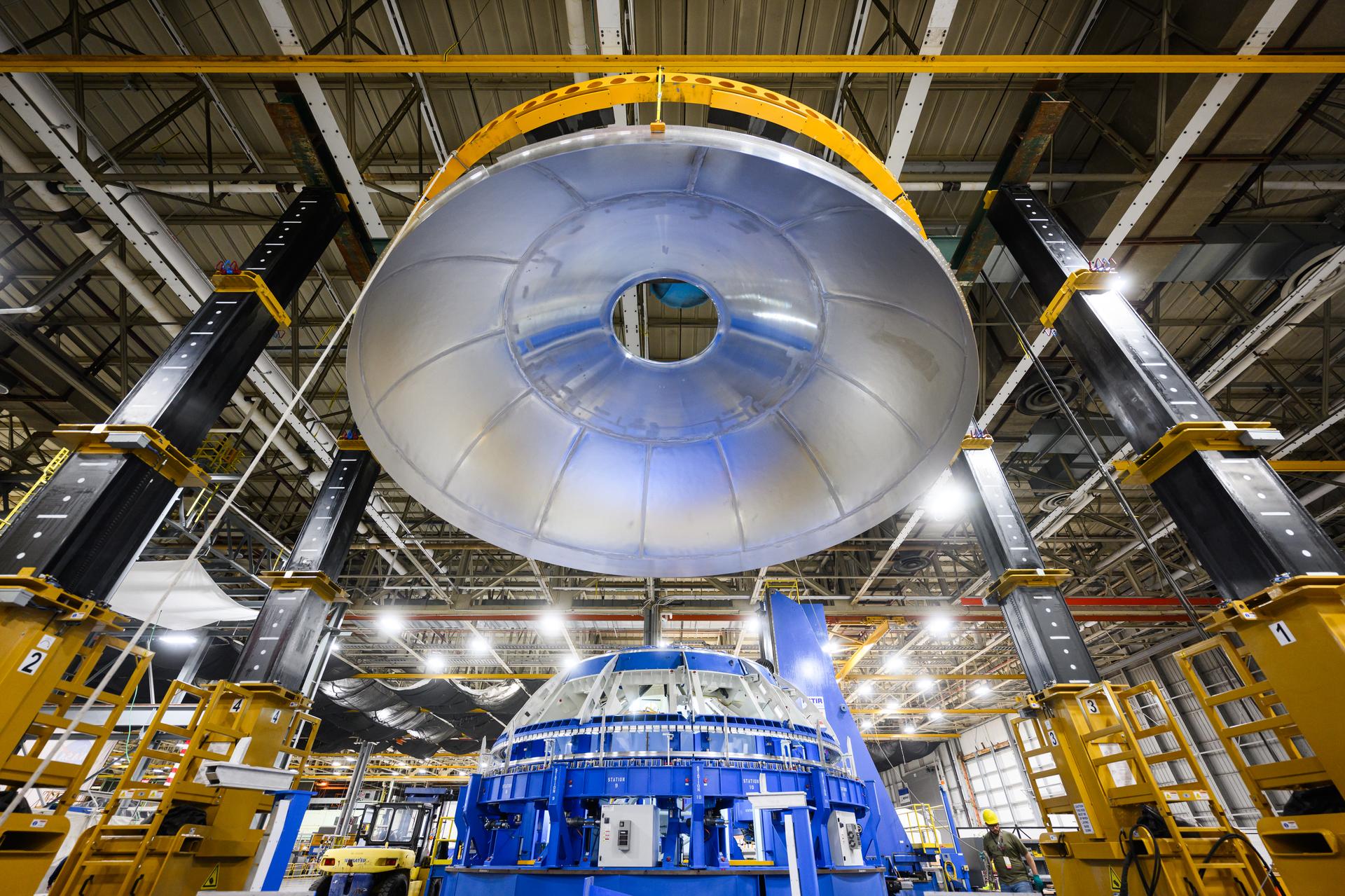SLS (Space Launch System) Block 1B
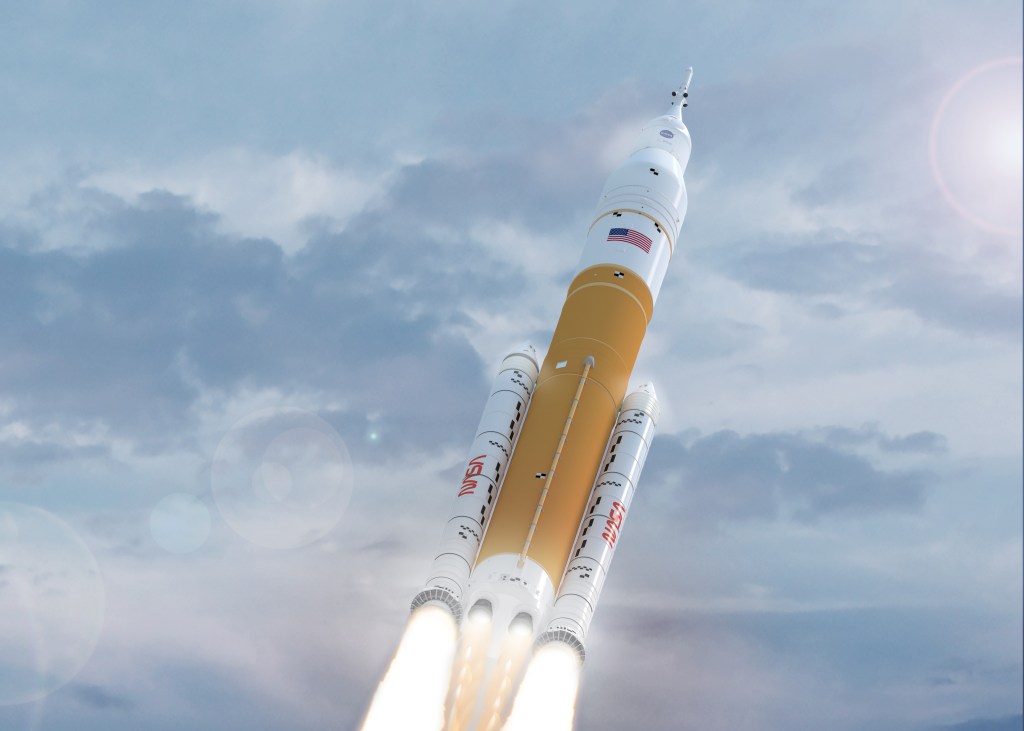
NASA’s SLS (Space Launch System) is the primary crew transportation to the Moon for the agency’s Artemis campaign. SLS Block 1B is a more powerful and versatile upgrade of the Block 1 variant that successfully launched the Artemis I uncrewed test flight to the Moon in November 2022. Scheduled to replace the Block 1 on the Artemis IV crewed lunar landing mission, Block 1B will be a foundational capability for human exploration beyond Earth orbit for years to come.
For Artemis, SLS will safely and reliably launch NASA’s Orion spacecraft, astronauts, and large one-of-a-kind exploration payloads from Earth into orbit. From there it will power them on an intercept course toward the Moon – known as the translunar injection (TLI) maneuver.
SLS is the only rocket capable of delivering crew and/or cargo directly to the Moon in a single launch across the 239,000-mile (384,633-km) expanse at speeds up to 24,500 mph.
SLS was designed to evolve to increasingly more powerful, capable versions as the scope of NASA’s exploration plans grow for both lunar exploration and future human and robotic missions to Mars and beyond. Its propulsion is based on proven technologies from the space shuttle that have been upgraded for additional power and producibility while incorporating the latest manufacturing technology.
The Block 1B design retains the core stage, liquid hydrogen and liquid oxygen powered RS-25 main engines, and five-segment solid rocket boosters from the Block 1 design that generate a combined 8.8 million pounds of liftoff thrust. The addition of several new and upgraded features, including lessons incorporated from the Artemis I mission, will make it a workhorse transportation system of the Artemis mission architecture.
Block 1B can be configured for crew or cargo. Both crew and cargo rockets will provide a substantial increase in payload mass, volume, and energy over the Block 1 variant to enable more types of missions to deep space. The Block 1 crew configuration of SLS launching the first three Artemis flights can send more than 27 metric tons (t), or 59,525 lbs., to the Moon. The Block 1B crew variant will send approximately 38 t (84,000 lbs.) of crew and cargo together to the Moon in a single launch.
The Block 1B crew variant is configured to carry Orion plus a 10-t (22,046 lbs.) co-manifested payload riding in a separate cargo compartment. The first Block 1B co-manifested payload will be the Lunar I-Hab for Gateway, the first lunar space station.
The Block 1B crew configuration will stand 366 feet (111.6 meters) tall to Block 1’s 322.4 feet (98.3 meters). Fueled weight on the launch pad will increase from 5.7 million lbs. to 6 million lbs. Two major upgrades distinguish the SLS Block 1B crew from its predecessor: the new exploration upper stage (EUS) and the new universal stage adapter cargo compartment.
Exploration Upper Stage
Taller and larger in diameter than the Block 1 single- engine interim cryogenic propulsion stage (ICPS), the exploration upper stage will have four times more propellant and thrust than the ICPS thanks to its four RL10C-3 engines. Like the RS-25 core stage engines, RL10 engines are powered by liquid hydrogen and liquid oxygen. The stage will be partly covered by a new interstage section during its atmospheric flight phase.
The exploration upper stage is designed for three ignitions and an eight-hour mission versus the interim cryogenic propulsion stage with two starts and a two-hour mission. The EUS will also have blankets and other passive techniques to survive temperatures, radiation, and micrometeoroid debris for its deep space mission. SLS flight computers will move from the core stage forward skirt to the exploration upper stage, allowing the same computers to control the entire flight from launch through Orion separation rather than using separate computers for the core stage and exploration upper stage.
Unlike the ICPS, the EUS will be capable of receiving and executing commands from NASA ground controllers and crew aboard Orion. Ground teams and the astronauts in Orion will be able to perform other functions to allow Orion to safely rendezvous, dock with, and extract co- manifested payloads.
Additional exploration upper stage features for safety and reliability include:
- fixed engine nozzles versus the ICPS deployed engine nozzle
- thicker tanks and other structures for debris and micrometeoroid protection
- redundant batteries and guidance, navigation, and control systems
- automated flight safety system for flight termination
The exploration upper stage is more complex than ICPS, including 473 wire harnesses and 1,401 connectors.
That’s proportionally more wiring and connectors than the entire 212-foot-tall core stage. In fact, the exploration upper stage equipment shelf where flight computers and other avionics are housed has more harnesses than the much larger core stage engine section.
Universal Stage Adapter
For Block 1B crewed missions, the universal stage adapter will be capable of carrying large co-manifested payloads such as various Gateway modules, lunar lander elements, international payloads, or supplemental propulsion stages.
The adapter will have an internal volume of 10,100 cubic feet (286 cubic meters) — approximately the same volume as two standard 50-foot (15.24-meter) railroad boxcars. CubeSats up to 27U (34 cm x 35 cm x 36 cm) can launch inside its payload adapter in a new deployment ring called the New Explorations Secondary Transport component, or NEST.
Block 1B Cargo Configuration
The Block 1B dedicated cargo variant will replace Orion with a large payload shroud and will be capable of sending approximately 42 t (93,000 lbs.) to the Moon. In place of Orion and the universal stage adapter, SLS could be topped with different payload shrouds under consideration, including 8.4-meter-diameter fairings with volumes from 11,260 cubic feet (319 cubic meters) to 34,910 cubic feet (989 cubic meters). Even larger 10-meter-diameter fairings with more than 32,000 cubic feet (906 cubic meters) are also being considered.
Additional Thrust
The SLS rocket for Artemis IV will fly with heritage space shuttle RS-25 engines, marking the last four of the
16 remaining shuttle-era engines powering the first four Artemis missions. Artemis V will use new production RS-25 engines made to operate at 111% thrust versus the shuttle engines limited to 109%. The increased power will contribute approximately 0.5 t (1,100 lbs.) of payload mass to TLI. Development is underway on a composite nozzle for the RL10 that will contribute an additional 0.75 t (1,653 lbs.) more mass to TLI.
The Block 1B Advantage
The exploration upper stage and universal stage adapter will provide both mass and volume upgrades for Block 1B. They will also provide Artemis missions with several less apparent improvements.
The SLS Block 1B will provide two launch windows per day, increasing launch availability and the likelihood of daytime launches. The ability to put Orion into a 100-mile circular orbit versus the Block 1 elliptical orbit before per- forming the TLI burn will provide more flexibility to match the launch window to the needed time and location for meeting other Artemis elements, such as the human land- ing system or Gateway in lunar orbit. It will also give the astronauts in Orion a stable orbit and time to check out their spacecraft for the TLI maneuver or prepare to return to Earth if there’s a problem.
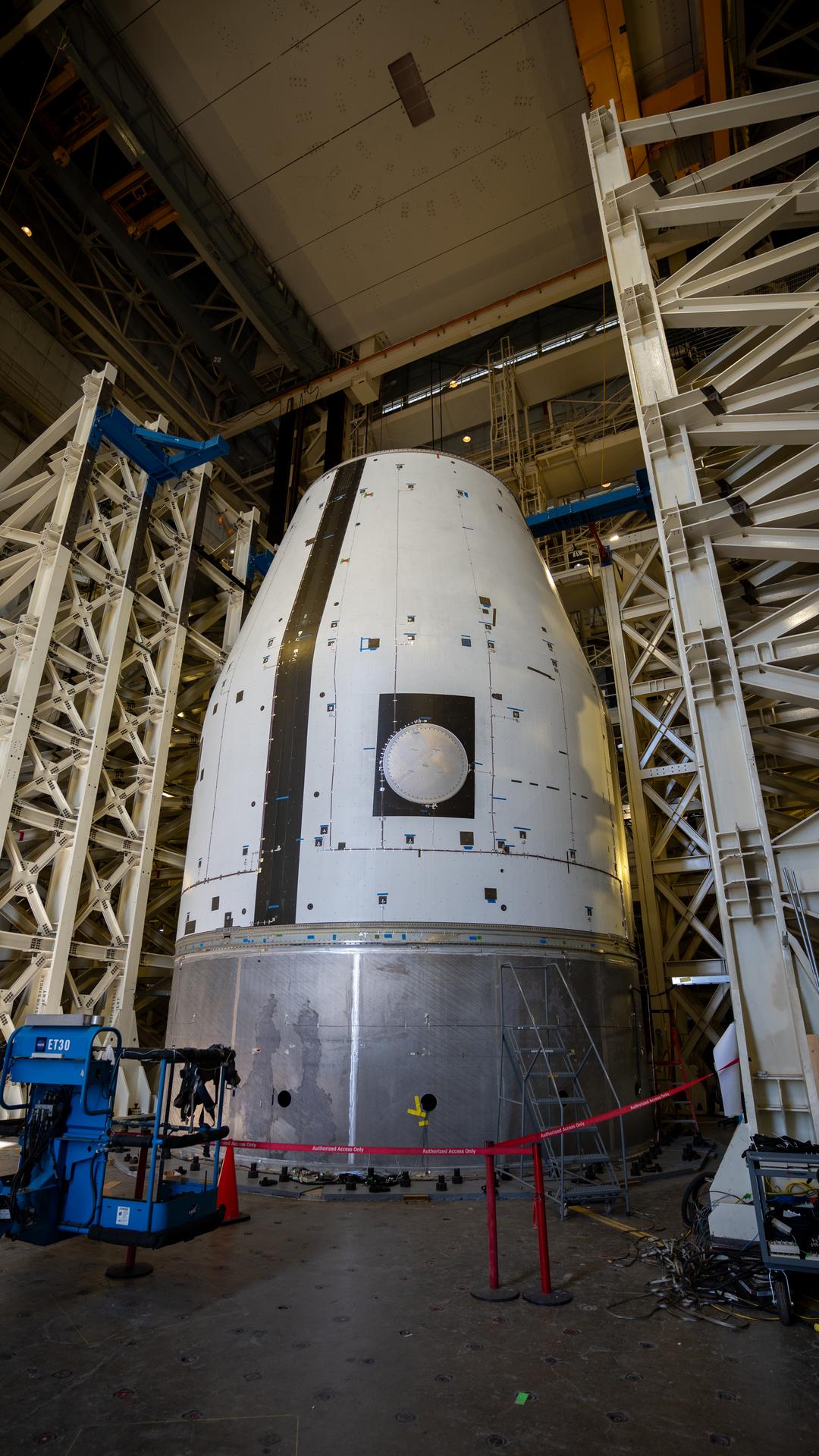
The benefits will vary by mission specifics such as rela- tive position of Earth and Moon at launch, EUS and Orion thrust, and the timing needed to rendezvous with Gateway or lunar landers.
Block 1B Progress
Because Block 1B uses the same core stage, engines, and boosters from the Block 1, early production and testing are underway to support Artemis IV and future SLS flights. As of early 2024, the major sections of the core stage are in manufacturing and outfitting at NASA’s Michoud Assembly Facility in New Orleans. A dedicated manufacturing area for the EUS is adjacent to the core stage manufacturing areas at Michoud. Teams are manufacturing flight and test hardware for the EUS. Test sections including propellant domes and barrels are in production. All four upper stage flight engines are complete.
For Artemis IV, booster motor segment casting and other booster component manufacturing are also underway.
The RS-25 engines for the core stage are nearing processing completion at NASA’s Stennis Space Center in Bay St. Louis, Mississippi.
SLS Block 1B to Block 1 Comparison
| SLS Bock 1B | SLS Block 1 |
|---|---|
| Max thrust: 8.84 million lbf with new RS-25 engines EUS total thrust: 97,360 lbf | Max thrust: 8.8 million lbf with RS-25 adaptation engines ICPS total thrust: 24,854 lbf |
| Mass to TLI: 84,000 lbs. / 38 metric tons | Mass to TLI 59,525 lbs. / 27 metric tons |
| Available payload volume (USA) 10,100 ft3 / 286 m3 | Available payload volume (OSA) 516 ft³ / 14.6 m3 |
| Launch windows per day: two | Launch windows per day: one |
| Circular orbit, flexible TLI burn timing | Elliptical orbit, tight TLI burn timing |
| Circular orbit, longer, stable Orion checkout/abort window | Elliptical orbit, restricted Orion checkout/abort window |
Block 1B Testing
Work is underway at Michoud on an EUS structural test article representing the propellant tanks, thrust structure, and other major components of the stage. It will be shipped to NASA’s Marshall Space Flight Center in Huntsville, Alabama, where technicians will install it in a test stand once used for SLS core stage structural tests. Highly instrumented with hundreds of pressure and temperature sensors, it will be subjected to a months-long campaign of pushing, pulling, and pressurizing to simulate everything from launch rollout to atmospheric flight, and engine start and shutdown.
The flight version of the EUS that will debut on Artemis IV will undergo green run test firing at Stennis using ground test engines designed to operate in Earth’s atmosphere. At the end of testing, the engines will be replaced with the flight engines then shipped to NASA’s Kennedy Space Center in Florida for stacking and launch operations.
Like previous SLS rockets, the Artemis IV Block 1B will undergo an extensive battery of tests inside the Vehicle Assembly Building and on the launch pad at Kennedy.
The SLS Team
SLS is America’s rocket with more than 1,100 companies from across the U.S. and at every NASA center supporting the development. The SLS Program, managed at Marshall, works closely with the Orion Program, managed at NASA’s Johnson Space Center in Houston, and the Exploration Ground Systems Program, managed at Kennedy.
NASA is working to land the first woman, first person of color, and its first international partner astronaut on the Moon under Artemis. SLS is part of NASA’s backbone for deep space exploration, along with the Orion spacecraft and Gateway in orbit around the Moon and commercial human landing systems, next-generational spacesuits, and rovers on the lunar surface.
For more information about SLS, visit:
http://www.nasa.gov/artemis
http://www.nasa.gov/sls
http://www.twitter.com/NASA_SLS
http://www.facebook.com/NASASLS
http://www.instagram.com/nasaartemis
National Aeronautics and Space Administration
George C. Marshall Space Flight Center
Huntsville, AL 35812
www.nasa.gov/marshall
MSFS-06-2024-SLS-4837


